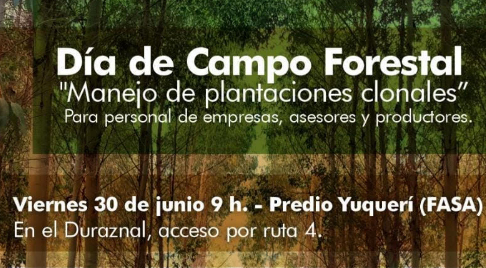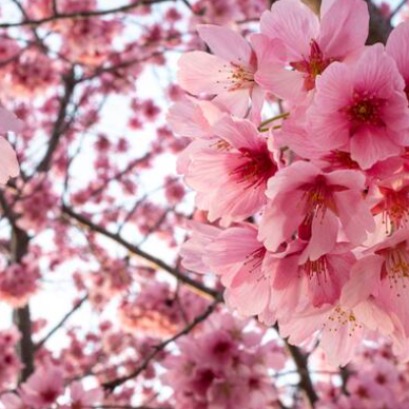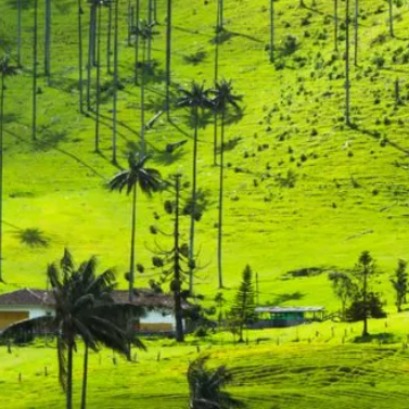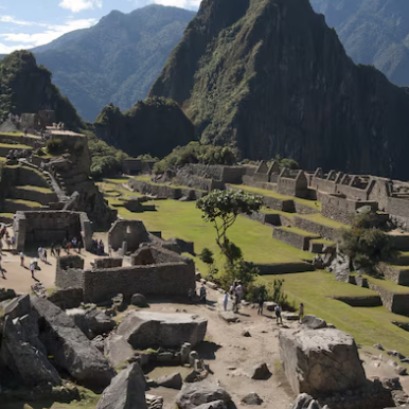
We invite you this Friday to the field day on "Management of Clonal Plantations"
In this Field Day, the results and response trends to each management according to the clone will be shown, based on the joint trials of INTA-Forestal Argentina.
Clonal plantations are managed, in general, with the same guidelines as seed plantations; this affects the expected results and the quality of the products obtained from the harvest. In order to plan and execute appropriate management for each material, knowledge of the response of the clones is required, among other silvicultural practices, to initial spacing and thinning.
It is accessed by Route 4, Camino El Duraznal, Yuquerí


IT MAY INTEREST YOU
 Color the streets pink and white in spring: which is the most beautiful tree in the world and why, according to AI
Color the streets pink and white in spring: which is the most beautiful tree in the world and why, according to AI
Its delicate branches, the soft tones of its petals and the harmonious shape of the tree make it an almost poetic image.
 The tallest palm tree in the world is in South America: it is the height of a 20-story building
The tallest palm tree in the world is in South America: it is the height of a 20-story building
The worlds tallest palm tree stands deep in South America, a giant that challenges the limits of plant life Deep in South America, between the fog and the mountains, hides a giant tree that few know about. Majestic and silent, challenging the world on what plant life can achieve.
 Reforestation advances in the Historic Sanctuary of Machu Picchu with new restored hectares
Reforestation advances in the Historic Sanctuary of Machu Picchu with new restored hectares
The plan includes the planting of a thousand new trees in the sanctuary, in response to the damage caused by forest fires and environmental threats, with the support of local authorities and representatives of the tourism sector.





















